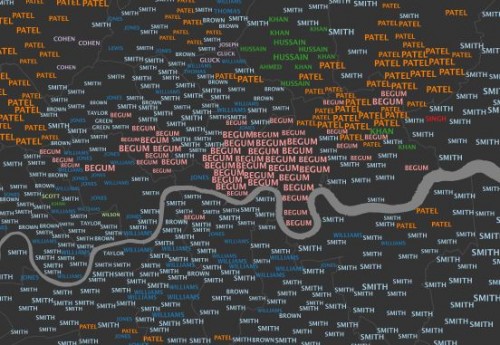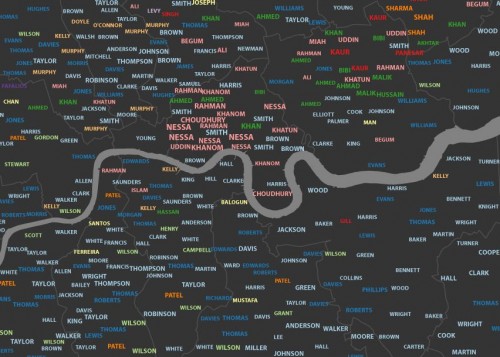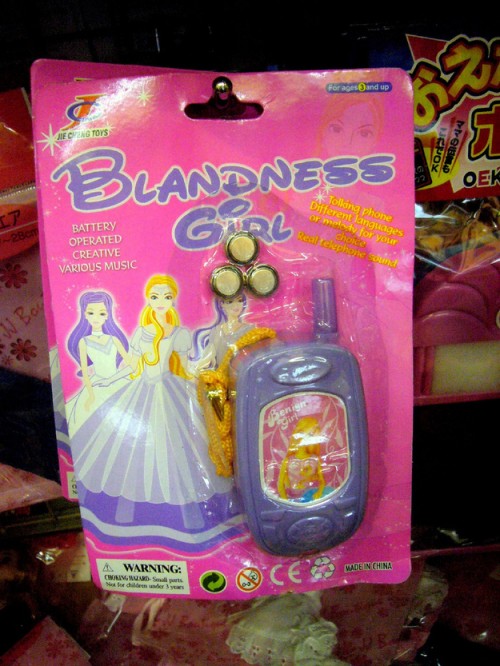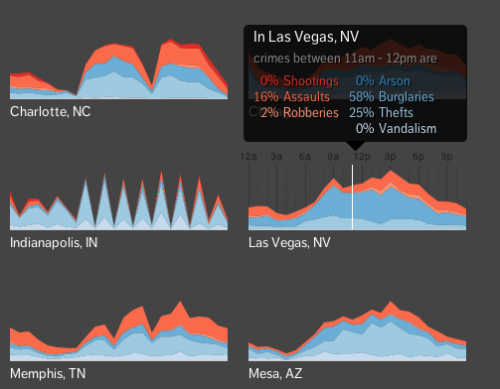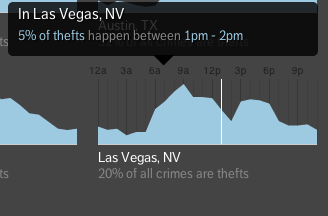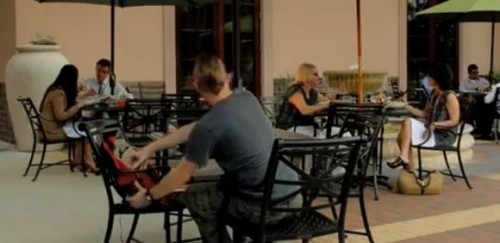Last year I posted about a map several geographers put together showing the distribution of last names across the U.S. Historical immigration and internal settlement patterns are reflected in the concentrations of names across the country.
Now one of the geographers involved in that project, James Cheshire, has done the same for London. Using 2001 electoral rolls, Cheshire plotted the 15 most common surnames in 983 separate London districts. Here’s a section of the map of the most common name:
The size of the font is scaled to represent the number of people with each name. They’re color-coded by place or origin (though since many immigrants have Anglicized names, origin of a name may not reflect a person’s ancestry).
As Cheshire points out, a few names fill the top slot throughout most of London. As you go a bit further down the list, London’s diversity becomes more apparent. Here’s a small slice of the map of the 10th most common surnames:
Those of you with more knowledge of London, what noteworthy patterns do you see?

